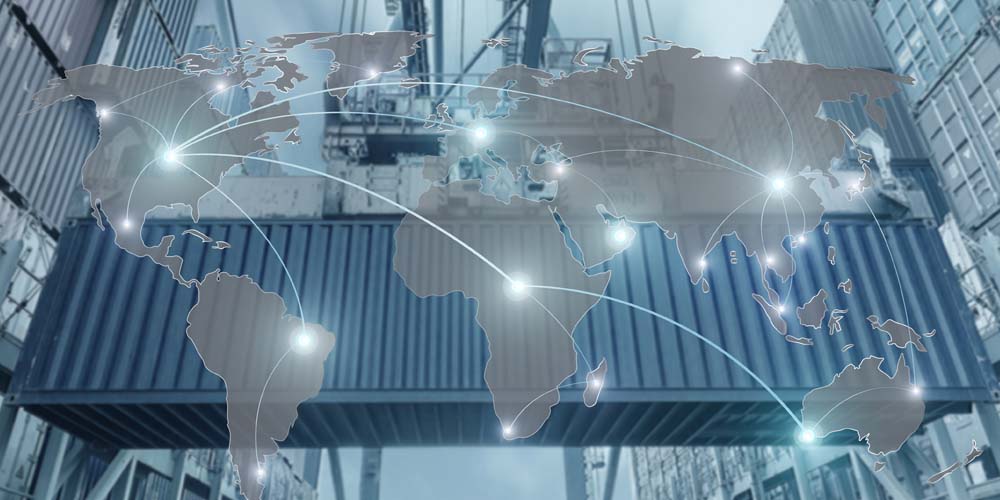With continued Covid-19 restrictions in China, ongoing Ukraine situation, as well as geo-political issues between China and the West, Supply Chain Resilience continues to remain on the top of CPO agendas. Diversification of supply base to non-China regions continues to be a dominant Supply Chain resilience strategy for most US and European manufacturers.

According to a recent Gartner study 46% of companies are currently actively pursuing supply base diversification to a low cost country other than China. While re-shoring to US suppliers and near-shoring to Mexico continue to be attractive strategies for several US based manufacturers, increase in supplier capacity in these regions has not matched pace with the demand, while labor constraints also continue to persist. Other low cost regions in Asia, countries such as Vietnam, Indonesia, India, Thailand and Malaysia, therefore offer attractive alternatives with the dual benefits of cost competitiveness and risk mitigation away from China.
As Gartner’s research points out, only 29% of the Spend is currently in the process of being re-sourced away from China. The rate at which US and European companies are adding new China suppliers to their supply base has also started to reduce.
All signs point to the fact that diversification away from China has picked up pace. However, progress is understandably slow given the constraints of cost of installed capital, lack of fully developed supply chains and/or infrastructure in other Asian regions, and costs / effort of qualifying new sources. China is likely to continue to be the dominant source for most hard goods categories for the foreseeable future, and the progress other Asian countries achieve in providing an effective counter-balance depends on how quickly they are able to offer incentives and build infrastructure to attract investments into their manufacturing industry.

